Over the past few years, the Edtech industry has seen sharp growth. Forbes expects the global Edtech market to grow annually by about 16.5%. And this spike can be attributed to the major rise in the usage of smart devices.
Speaking of smart technology, the vast transformation traditional education systems have witnessed is undeniable. Education and schooling are no longer one-way communications.
As consumers have moved online from conventional mediums, they expect frictionless engagement. But due to growing noise, channels like social media, emails, physical meetings, and bulletin board notices are often inefficient.
The solution? With 2 billion and counting active users, one messaging platform that outshines every communication channel is WhatsApp.
This article covers ten reasons to integrate WhatsApp for Edtech and unlock higher engagement.
Reasons why we think WhatsApp should be a part of your marketing strategy for Edtech
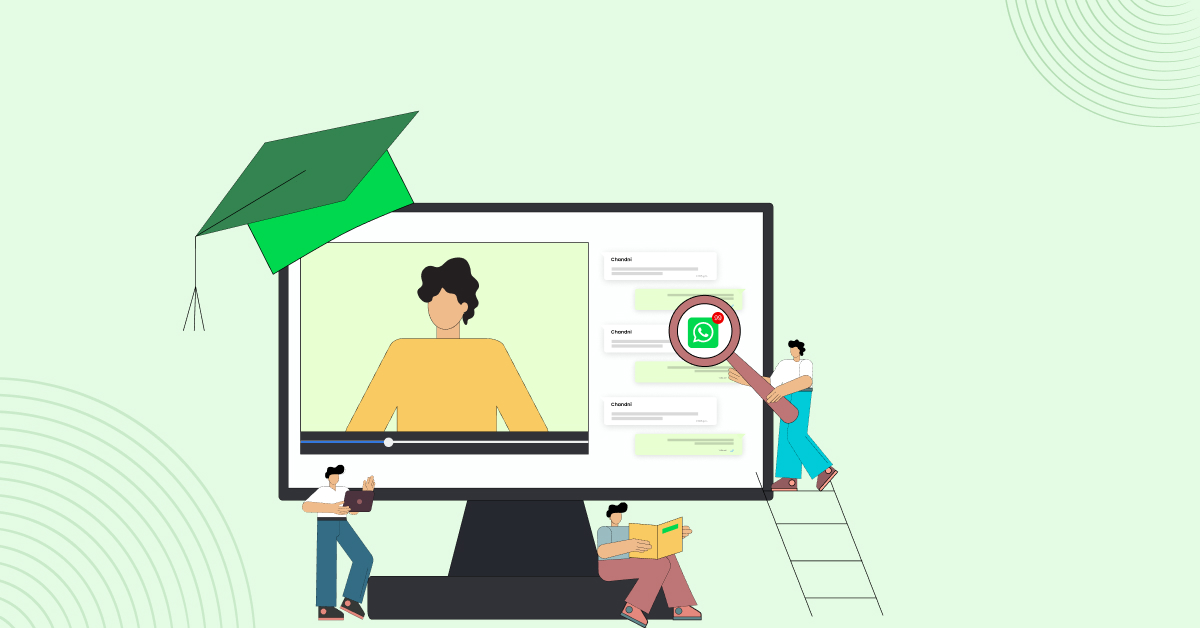
If you’re questioning why a common messaging tool like WhatsApp should be included in your educational institution or company’s marketing solution, here are ten reasons that’ll give you clarity:
1. Vast demographic of users
WhatsApp is a default messaging app in most countries, with over 100 billion messages exchanged daily. And its active user base grows monthly and is currently at 2.24 billion — almost 30% of the world’s population.
So there’s a high chance, based on what your Edtech company sells and who you target, they are most likely already actively using WhatsApp. This vast demographic of users should be a reason enough to start using WhatsApp to communicate and engage your audience.
2. WhatsApp offers seamless real-time communication between two parties
Communication through phone calls or emails in education is tedious. It frustrates students and parents as it leaves them with unanswered queries. Also, parents and students are required to communicate with teachers and organizations within standard working hours — typically 8 am to 4 pm.
That’s when WhatsApp steps in.
Parents and students could have questions about courses, fees, exams, events, etc. And WhatsApp takes real-time communication between two parties to the next level. It is a seamless messaging medium to get in touch with teachers or administration and get queries answered then and there.
WhatsApp messaging also saves teachers and admins hours of time and effort otherwise spent calling each parent or student to convey time-sensitive information.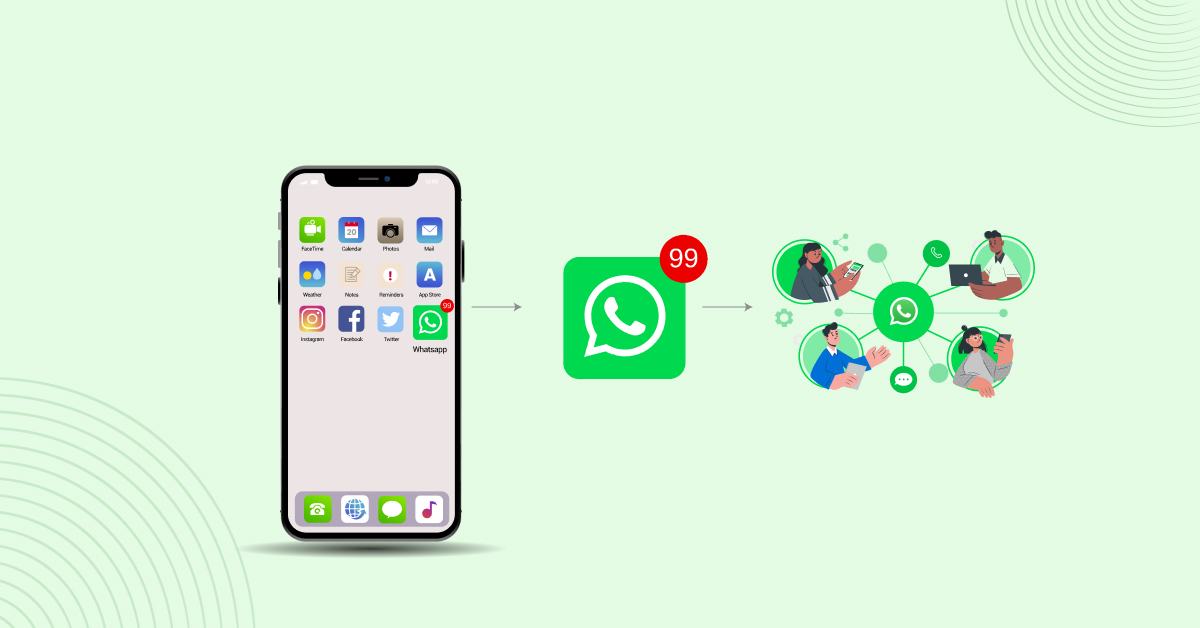
3. WhatsApp is an ideal tool for low-connectivity locations
WhatsApp uses minimal data and does not need high internet speed to function.
Therefore, it can be used for online teaching and communicating smoothly with individuals in bad-coverage, remote areas where digital resources to support online learning are scarce.
4. WhatsApp has a user-friendly interface and is easy to use
Not all educators are tech-savvy. They may lack the expertise to use complex collaboration and video conferencing tools like Zoom or Google Meet. Also, limited network connectivity and device functionalities could hamper communication.
On the other hand, WhatsApp is a pretty straightforward tool with simple navigation that needs zero technical expertise. All educators need is a basic smartphone. Also, the app’s close resemblance to standard SMS messaging and easy one-click video conferencing makes it easier for non-tech-savvy teachers to adapt quickly.
Using WhatsApp’s user-friendly and familiar interface, educators can run classes and teach online without any fuss.
5. WhatsApp is more dynamic and facilitates proactive interactions
Typical classroom learning is one-way and monotonous. But WhatsApp is more dynamic and encourages proactive interactions between students and educators.
Students can listen in, watch, learn, and communicate proactively with teachers, irrespective of their locations. WhatsApp also makes it easier for students to submit assignments, receive scores, or take part in WhatsApp group discussions, to name a few.
You can also nudge student interactions by sending targeted marketing notifications on WhatsApp, for instance, requesting their opinion on a particular course, following up on submissions post due dates, sending webinar enrollment requests, etc.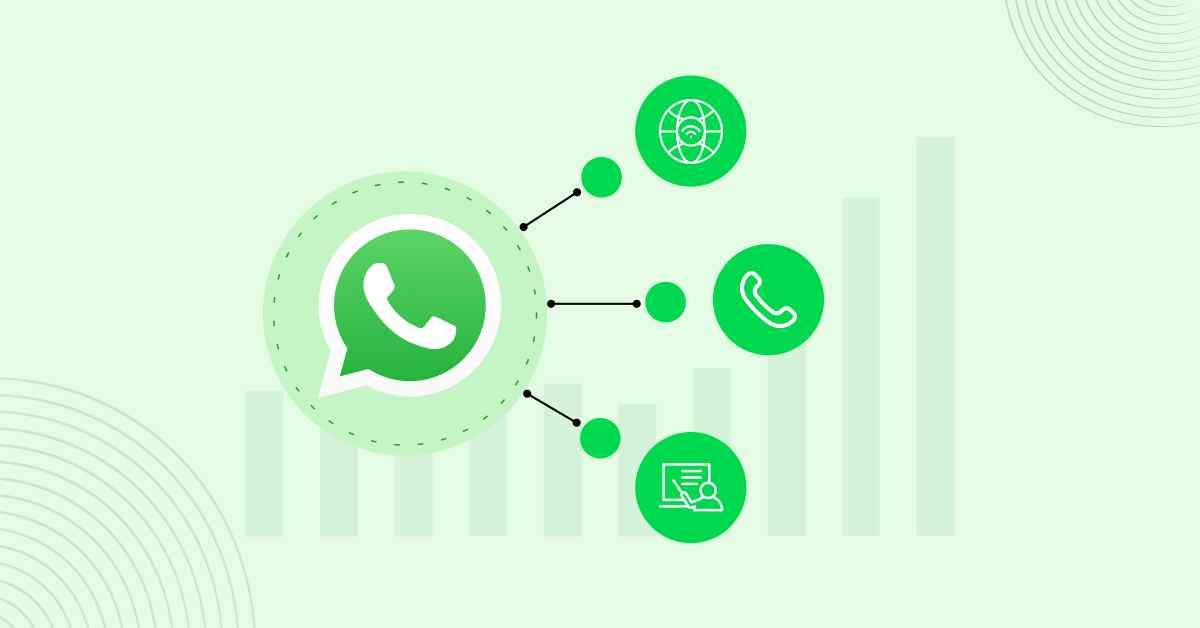
6. To equip students and enhance their learning experience
A positive study atmosphere results from teachers equipping students with up-to-date information and enhancing their learning experience.
Incorporating WhatsApp into the learning process can make the student’s experience more interactive and engaging. A great starting point is to provide students with course-related video clips, audio, PPTs, notes, and other educational resources using WhatsApp.
Doing so ensures the students’ learning never stops outside the classroom without them feeling overwhelmed with the e-learning process.
7. To facilitate teamwork and collaboration between students
WhatsApp for education can be leveraged as a tool for collaboration and teamwork, too. Teachers or organizers can create a WhatsApp group with a click and add up to 1024 students per the current limit.
Such student collaborations give rise to a community-like feel where students answer each other’s queries and let them learn together as a team. This is a win-win situation for teachers, too, as students help each other outside teachers’ working hours, thereby reducing their workload.
8. The ability to send student or parent reminders
Sending timely reminders is the best way to invite re-engagement. WhatsApp lets you automate, schedule, and send friendly reminders to students and parents to avoid last-minute hassles.
Typical examples include sending marketing notifications, such as payment reminders, webinar reminders, assignment submission reminders just before a deadline, exams, and many more. Reminding your audience through WhatsApp in a friendly manner encourages re-engagement and retention rates across classes and courses.
Tip: Personalize reminders by addressing the student or parent by their name to increase engagement and open rate further.
9. Easier to collect feedback
Feedback is essential to improve learning experiences and understand the students’ perspectives.
Collecting feedback post course completion, for instance, lets you identify any roadblocks that may have hampered the student’s experience. It gives you an opportunity to improve the course structure and get more active engagement.
The most commonly used feedback method – Google survey forms are lengthy and time-consuming. WhatsApp is a great alternative to them, where you can easily collect feedback at scale using chatbots. This way, your students do not have to leave their WhatsApp to record their responses and can submit them anywhere, anytime.
10. Student support and FAQs can be simplified
Effective communication can reduce the churn rate and, in your case, the number of student drop-offs.
Offering 24/7 student support is one way to maintain healthy communication with your audience. Students and parents have numerous queries about exams, course structure, payments, results, etc. So how can you resolve any number of queries, irrespective of the time, without keeping them guessing?
WhatsApp helps you set up and run student support and FAQ chatbots that deal with user queries around the clock. You can also set up a system where complicated concerns are routed to a human support agent for additional help.
The biggest benefit of setting up a WhatsApp chatbot for Edtech is building student trustworthiness in your company or institution, leading to higher conversions, such as enrollments, course inquiries, program completions, etc.
Pro tip: You can even experiment with adding AI and ChatGPT on WhatsApp to tackle queries from students and parents.
WhatsApp Business API lets you integrate conversational AI like ChatGPT into your chatbots. This way, students or parents don’t have to browse through Google and instead can get their general queries answered on WhatsApp instantly.

Conclusion
WhatsApp’s intuitive interface and ease of access are unbeatable. But to tap into its plethora of capabilities, Edtech companies need to explore all of its features and automation prowess.
That’s when a WhatsApp Business API provider comes into play.
Not only can you build personalized communications to increase student engagement, but a WhatsApp Business API provider also helps you tie your WhatsApp marketing campaigns to other channels for a well-fueled omnichannel experience.
Generate powerful automation workflows, integrate with cross-channels, and run your marketing campaigns on autopilot with WebEngage. Transition WhatsApp from a regular messaging app to an engaging student retention engine.

































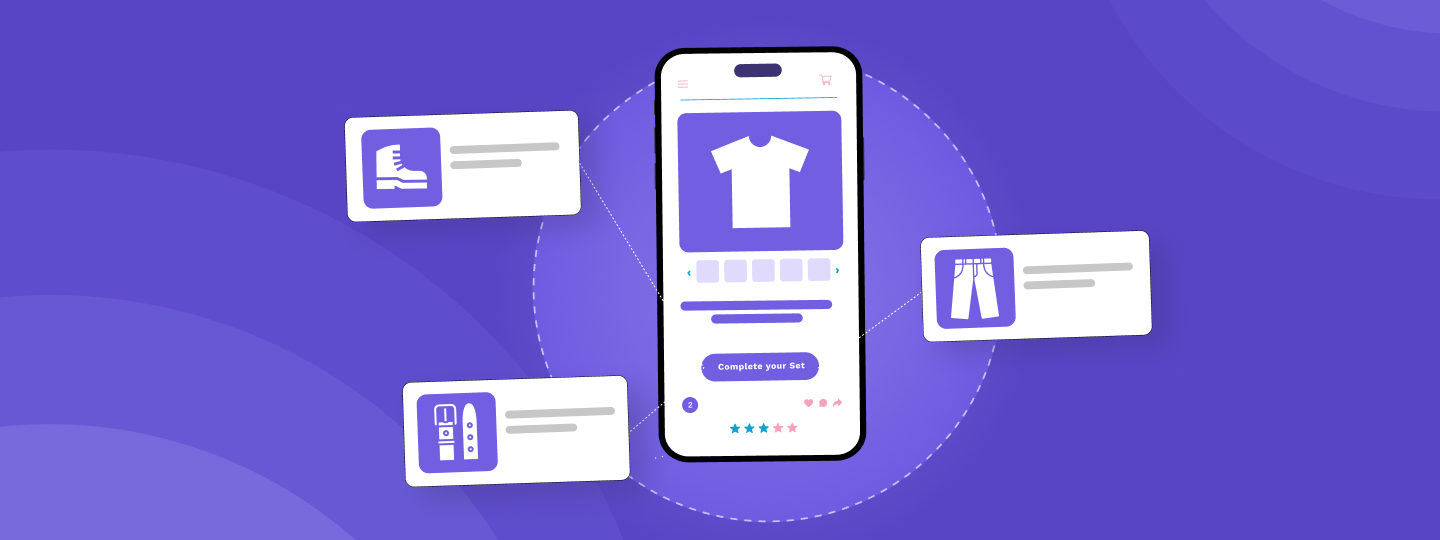

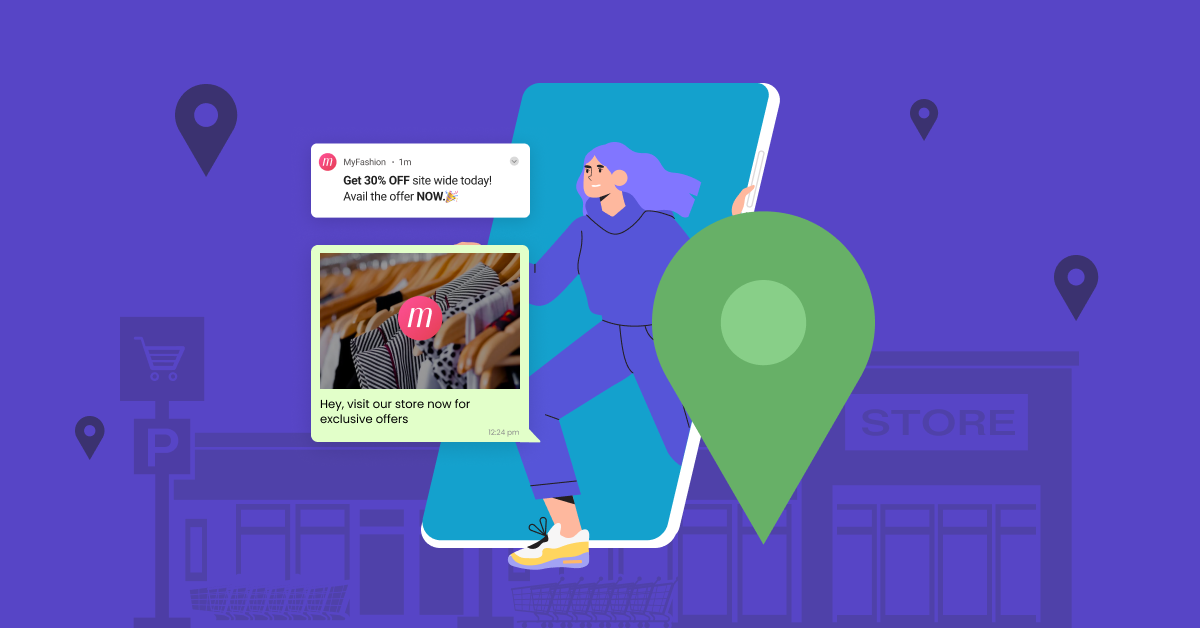
 Diksha Dwivedi
Diksha Dwivedi